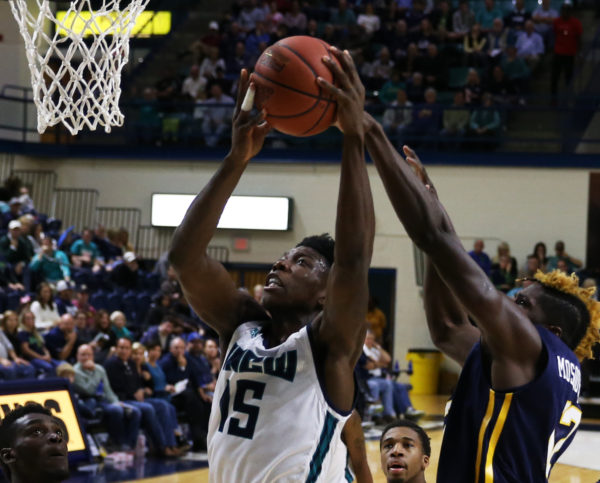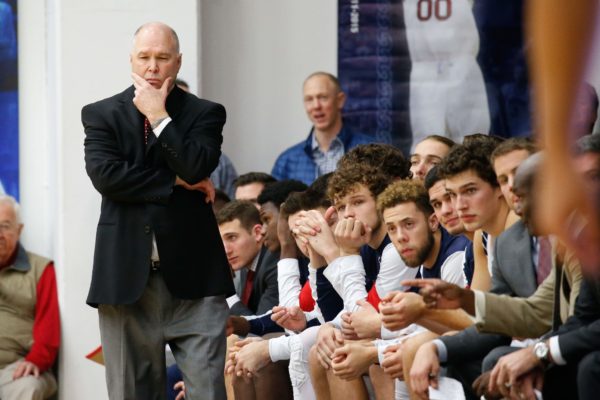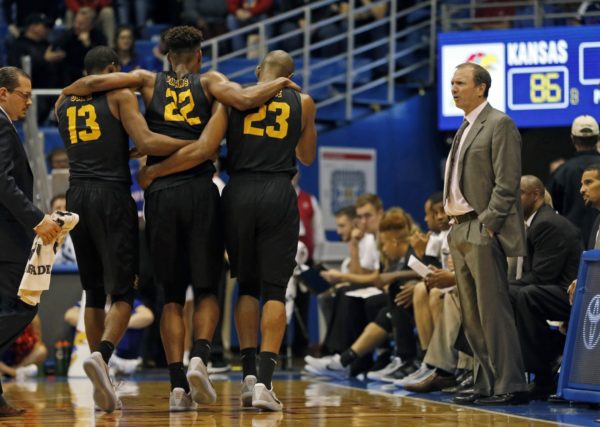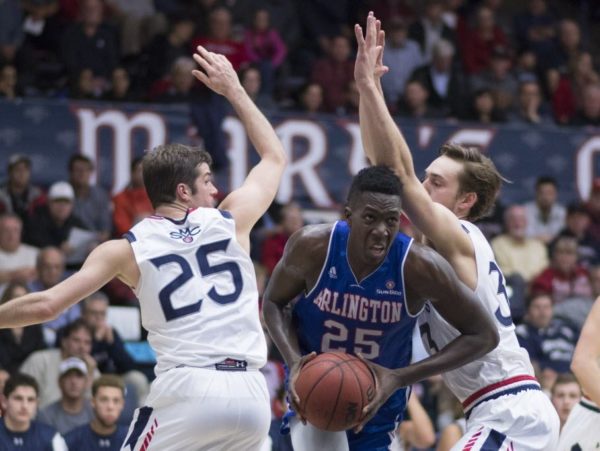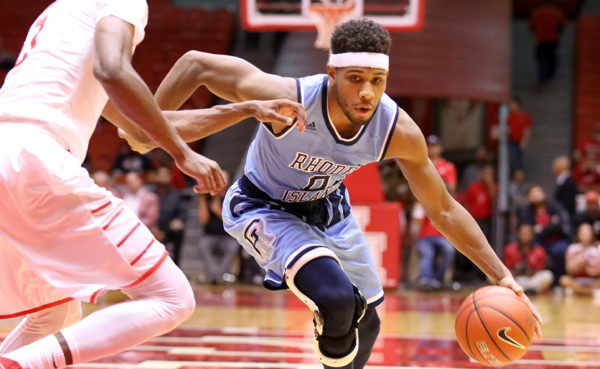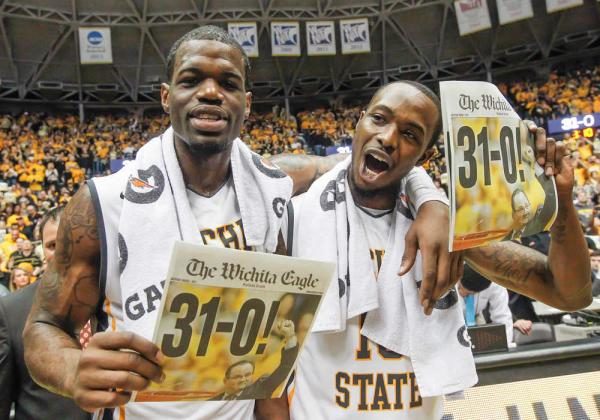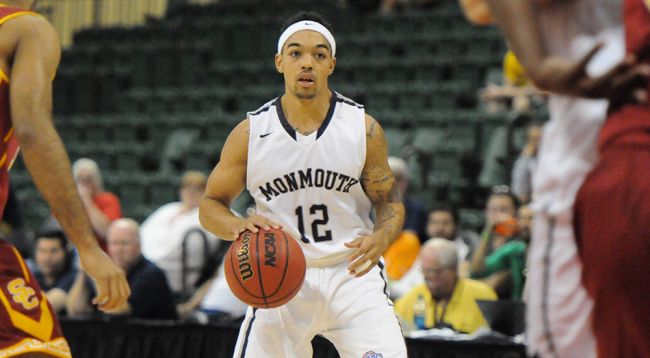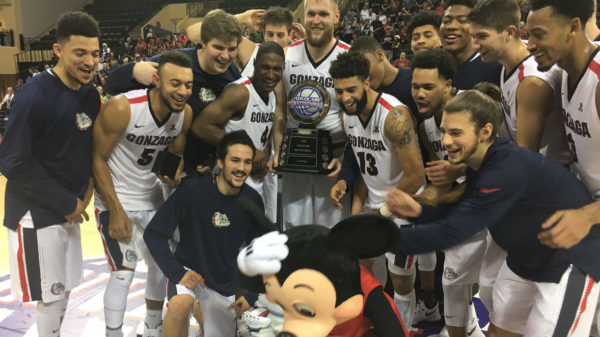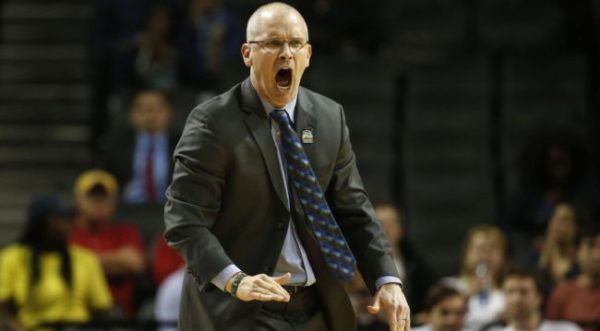It’s Time to Take Illinois State Seriously
Posted by Tommy Lemoine on January 29th, 2017Trailing by four points at halftime against Southern Illinois on January 11, Illinois State coach Dan Muller provided blunt analysis coming out of the locker room. “They out-competed us to start the game. I thought they were more physical,” he said. “We gotta play tougher.” And play tougher his team did. The Redbirds promptly squashed Southern Illinois’ hopes for the home upset, holding the Salukis to just six points over the opening 10:33 of the second half. It was one of eight games this season in which Muller’s team has held its opponent to eight points or fewer over the course of a 10-minute “quarter,” a testament to Illinois State’s relentless, swarming defense. With an improved offense to boot, it’s also a reason why the Redbirds are a legitimate threat to end Wichita State’s reign in the Missouri Valley Conference.
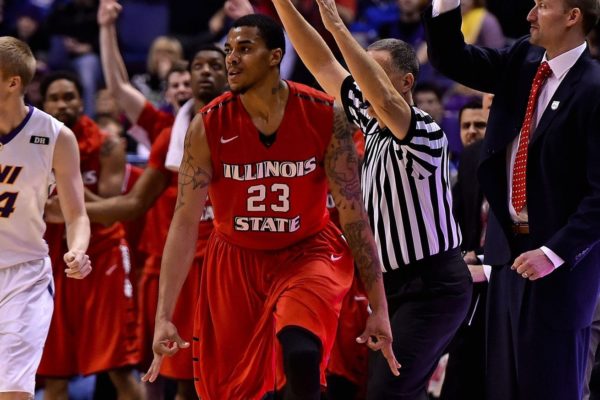
Deontae Hawkins and the Redbirds are the real deal this season. (Jasen Vinlove – USA TODAY Sports)
Illinois State enters today 10th nationally in adjusted defensive efficiency, a byproduct of not allowing an opponent to score over a point per possession since December 18. During that 12-game stretch, in fact, only two opponents have mustered better than 40 percent shooting against the Redbirds from inside the arc. How has Muller’s group—a top-75 defense last season—gone from good to elite? The answer boils down to quickness, interior length and discipline. In the backcourt, guards Paris Lee and Tony Wills possess tremendous lateral quickness, preventing ball-handlers from beating them off the dribble with any kind of regularity. Lee is a two-time member of the MVC All-Defensive Team; Wills—new to the starting lineup—is considered by Muller to be among the best perimeter defenders in the country. They do a masterful job of keeping players in front of them, even on switches. The Redbirds’ frontcourt, meanwhile, excels at sealing off gaps and turning the paint into an impassible wall. Juniors MiKyle McIntosh and Deontae Hawkins provide quickness and athleticism, while sophomore contributors Phil Fayne (6’9″) and Daouda Ndiaye (7’1″) bring the size.
And yet, Illinois State isn’t a pack-line unit content with merely denying entry into the lane. Instead, they’re extremely active and aggressive both on the perimeter and near the basket, constantly slapping at the ball and often mixing up defenses to confuse opponents. The Redbirds rank among the top 40 nationally in both defensive block rate and steal rate, and Lee is college basketball’s active career steals leader. During a key stretch late in the first half against Wichita State on January 14, Illinois State switched to zone for five possessions in a row, only to switch back shortly before the half expired. The maneuver, which throw the Shockers into an offensive tailspin (seven-plus minutes without a field goal), enabled Muller’s group to build an insurmountable lead. Throwing analysis aside, Lee recently explained his team’s defensive success more simply: “We play fast. We play hard.”





























